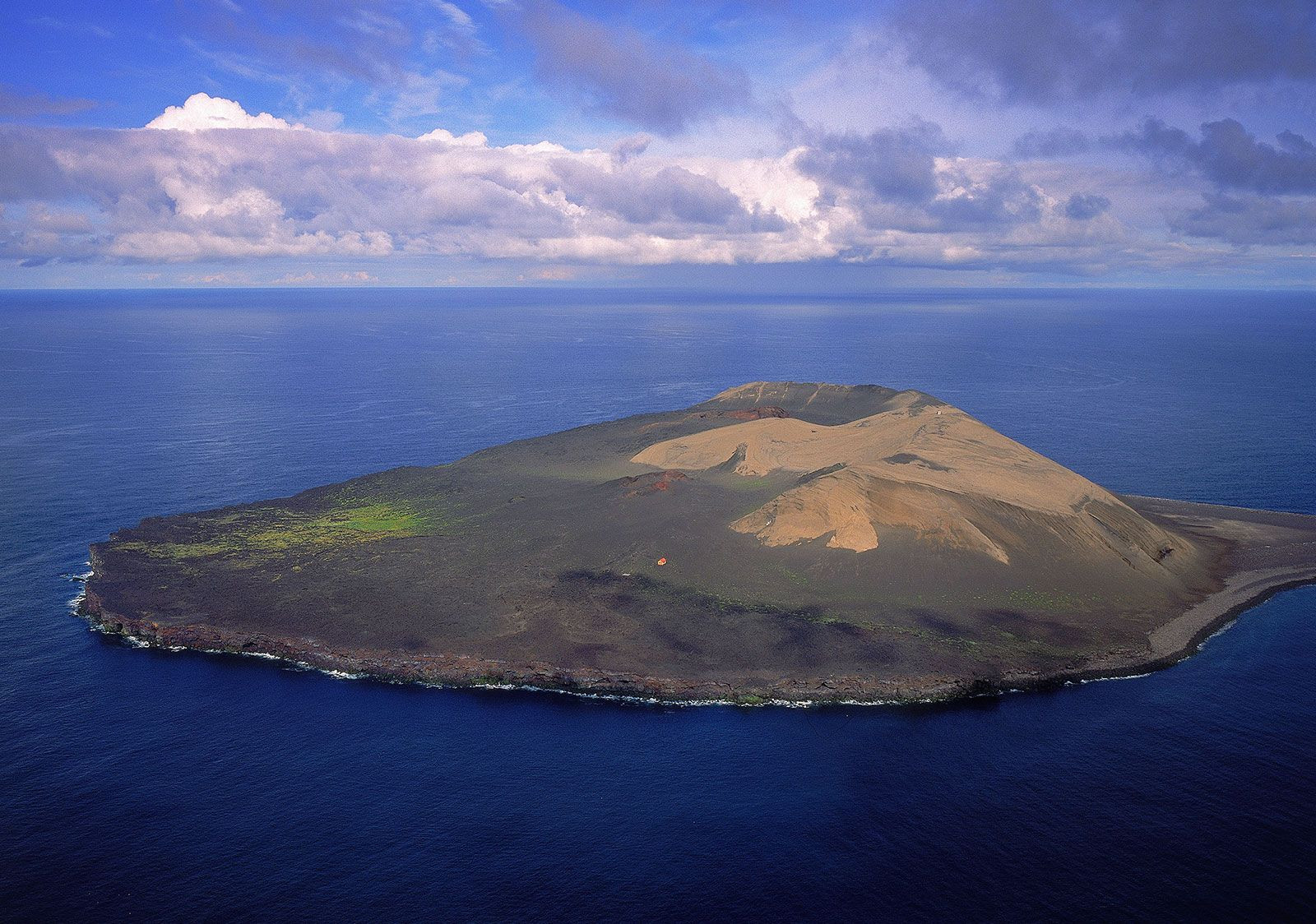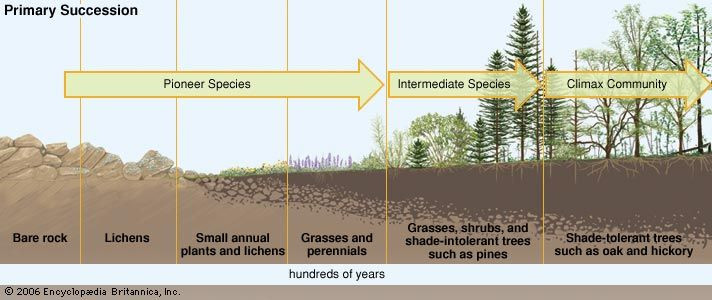In the realm of ecology, the term “pioneer” carries significant weight, referring to the hardy species that are the first to colonize barren environments or disrupted ecosystems. These organisms, known as pioneer species, play a crucial role in initiating ecological succession, paving the way for more complex and diverse communities to flourish. A striking example of this process is the emergence of life on Surtsey, a volcanic island off the coast of Iceland, which arose from the Atlantic Ocean in 1963. Initially devoid of life, Surtsey was first colonized by pioneer plants like sea rocket, sand ryegrass, and mosses, demonstrating nature’s remarkable ability to establish life even in the most inhospitable conditions.
 Volcanic Island Surtsey Iceland Colonization by Pioneer Plants
Volcanic Island Surtsey Iceland Colonization by Pioneer Plants
Understanding Pioneer Species: Nature’s First Responders
Pioneer species are organisms that thrive in harsh conditions, often characterized by a lack of soil, nutrients, and intense environmental stressors. These can include newly formed volcanic islands like Surtsey, bare rock surfaces exposed by retreating glaciers, or areas devastated by wildfires or other natural disasters. What defines a pioneer species is not just their ability to survive in these challenging landscapes, but also their capacity to modify the environment in ways that make it more habitable for subsequent species.
Microorganisms, including bacteria and fungi, frequently take on the role of initial colonizers. They are exceptionally adaptable and can establish themselves on bare rock and glacial surfaces. Lichens, symbiotic partnerships between fungi and algae, often follow. Lichens are particularly effective pioneers because they can extract nutrients from the atmosphere and rock surfaces. They secrete acids that gradually break down rock, initiating the vital process of soil formation. As lichens decompose, they contribute organic matter, further enriching the nascent soil.
The Ecological Role of Pioneer Species in Succession
Pioneer species are fundamental to primary ecological succession, the process by which life colonizes previously barren environments. They act as ecosystem engineers, transforming the abiotic environment to support a wider range of life forms.
 Primary Ecological Succession from Pioneer Species to Climax Community
Primary Ecological Succession from Pioneer Species to Climax Community
Following microorganisms and lichens, mosses often emerge as important pioneer species. Similar to lichens, mosses contribute to rock breakdown and soil development through the release of acids. The gradual accumulation of organic matter and mineral fragments, facilitated by these pioneer communities, leads to the formation of rudimentary soil capable of supporting more complex plant life.
Once a basic soil structure is established, seeds and spores of other plant species, such as grasses and ferns, are dispersed by wind and water, taking root in the newly formed soil. These secondary pioneers further enrich the soil and create more sheltered conditions. As vegetation becomes denser, pioneer animal species, often invertebrates like ants, worms, and snails, arrive. These animals play a crucial role in processing plant litter and aerating the developing soil, contributing to the increasing biodiversity and complexity of the ecosystem.
Over time, the environment continues to change, often becoming less favorable for the initial pioneer species. Taller, intermediate species like shrubs and trees eventually outcompete the pioneers for resources like sunlight. This transition marks the later stages of ecological succession, where the pioneer species are gradually replaced by a more diverse and stable climax community. However, the legacy of pioneer species remains, as they are the foundational architects that initiated the transformation of barren landscapes into thriving ecosystems.

